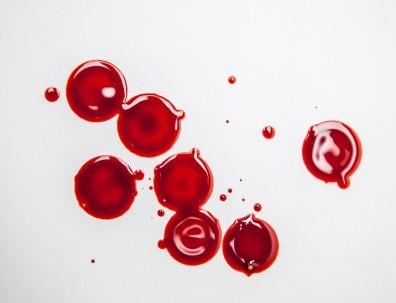 Blood Plasma, or simply plasma, is the liquid portion of blood. It has a number of vital functions in bleeding and infection control. It contains proteins and antibodies, which are produced by the immune system to fight diseases.
Blood Plasma, or simply plasma, is the liquid portion of blood. It has a number of vital functions in bleeding and infection control. It contains proteins and antibodies, which are produced by the immune system to fight diseases.
Plasma is obtained by a process called plasmapheresis. Plasmapheresis is a blood collection process where blood is collected from a donor and centrifuged, separating the cellular portion of blood and the liquid portion. The cellular portion is returned to the donor while the liquid portion is collected in a special container. Plasma is collected at a donation facility where it will be tested and then shipped to be further processed for human use.
Plasma is used to make many injectable medications as well as many testing reagents. The majority of plasma collected is further manufactured into Intravenous Immunoglobulin (IVIG) which is used to treat patients with immune deficiencies or autoimmune diseases. Another large portion of plasma collected is used to make medication for patients with clotting disorders such as hemophilia. Many vaccines are plasma-based such as Rabies and Tetanus. Smallpox and Anthrax vaccines can cause side effects; medications used to treat these side effects are also made from plasma. Rho(D) Immune Globulin is also made from plasma. This injection is given to Rh-negative pregnant mothers to prevent hemolytic disease of the newborn. Serum Albumin is the most abundant plasma protein in humans. Some patients may have a deficiency and require albumin treatment; this of course is also a plasma-based treatment.
As indicated above, plasma is a necessary substance to ensure continued quality of life for many patients. It takes a lot of donations to help just one patient for one treatment; one IVIG treatment is made possible by approximately 1000 plasma donors. Donating plasma is safe and easy to do. The human body replenishes its plasma volume quickly, usually within 24 hours. Therefore plasma can be donated up to two times in a seven day period. Plasma donors are expected to be healthy and will be screened regarding their medical history and overall wellness. A donor can expect to be at the facility up to two hours. Understanding that the process is lengthy, plasma donors are compensated monetarily for their time. Donation facilities can be found in almost every state and there are several locations within those states. Most facilities are open for donation at least 12 hours a day, making it easy to schedule around work, school, and life.
